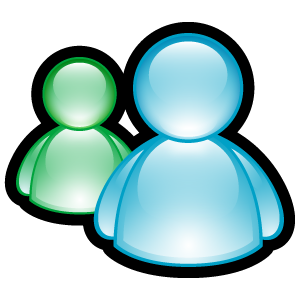
Sinopse
O Windows 7 (Windows Sete, em inglês: Windows Seven) (cujo codinome foi Blackcomb e Vienna), é a mais recente versão do Microsoft Windows, uma série de sistemas operacionais produzidos pela Microsoft para uso em computadores pessoais, incluindo computadores domésticos e empresariais, laptops e pc´s de centros de mídia, entre outros. Windows 7 foi lançado para empresas no dia 22 de julho de 2009, e será vendido livremente para usuários comuns a partir do dia 22 de outubro de 2009, menos de 3 anos depois do lançamento de seu predecessor, Windows Vista. A versão do Windows 7 para servidores, chamada de Windows Server 2008 R2, tem previsão de lançamento mais ou menos no mesmo periodo que este.
Diferente de seu predecessor, que introduziu um grande numero de novidades, Windows 7 pretende ser uma atualização mais modesta e focalizada para a linha Windows, com a intenção de torná-lo totalmente compatível com aplicações e hardwares com os quais o Windows Vista já era compatível. Apresentações dadas pela companhia no começo de 2008 mostraram um "Shell" novo, com uma barra de tarefas diferente, um sistema de "network" chamada de "HomeGroup", e aumento na performance. Algumas aplicações que foram incluidas em lançamentos anteriores do Windows, como Calendário Windows, Windows Mail, Windows Movie Maker e Windows Photo Gallery não serão incluidos no Windows 7; alguns serão oferecidos separadamente como parte gratuito do Windows Live Essentials.









0 comentários:
Postar um comentário